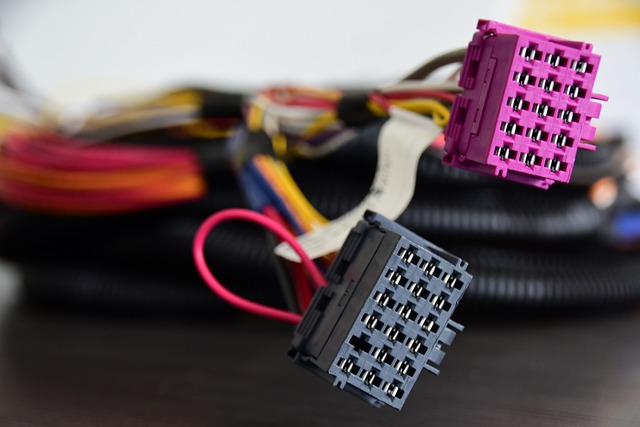
When searching for strain relief solutions for connectors, you may come across backshells. Connectors can sustain strain-related damage. The weight of a wire, for instance, may damage the connector to which it’s used. Heavy wires can create a “pulling” force that causes the connectors to fail. There are backshells, however, that can provide greater strain relief for connectors.
What Are Backshells?
Backshells are connector attachments that are designed to provide strain relief. They are commonly used with high-reliability connectors, such as military-specification (Mil-Spec) connectors. Backshells fit onto the back of connectors where they offer protection against strain-related damage.
How Backshells Work
You might be wondering how backshells work exactly. While available in different types, they all work by forming a physical shell-like structure around the back of connectors.
Wires can still be exposed to various forces, including pulling forces. Backshells, though, protect connectors from damage caused by these forces. When fitted with a backshell, connectors will have a physical structure around the back where they connect to devices. The backshell will protect the enclosed connector from strain-related damage.
The Different Types of Backshells
All backshells consist of a shell-like structure, and they are all designed for use around the back of a connector. But there are many different types of backshells.
You can find backshells in different shapes. Many of them feature a cylindrical shape that wraps around the back of connectors. Other backshells feature an L-shaped design.
Backshells are available in different materials as well. Some of them are made of metal, such as aluminum. Alternatively, there are backshells made of synthetic materials like neoprene or rubber.
More Than Just Strain Relief
While the primary purpose of backshells is to provide strain relief, they offer other benefits as well. Backshells can protect wires from environmental damage. High-quality backshells are often designed to withstand moisture as well as hot and cold temperatures.
Moisture can damage connectors. When exposed to moisture, the conductive surfaces within a connector may rust. Over time, this corrosion can cause them to fail. Backshells, though, are available to protect connectors from moisture and other forms of environmental damage.
In Conclusion
Connectors may require strain relief to protect them from damage. Backshells offer a simple and effective form of strain relief. They are attachments that fit around the back of connectors. Backshells can provide strain relief for connectors while also protecting them from environmental damage.

